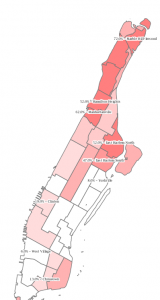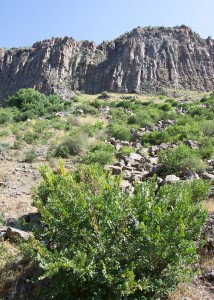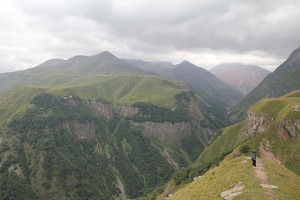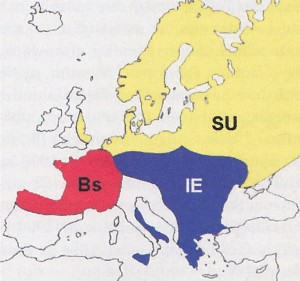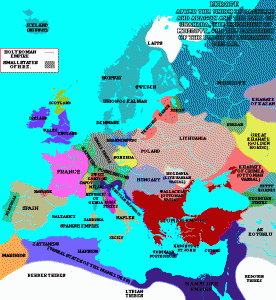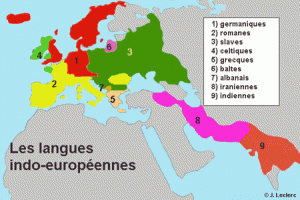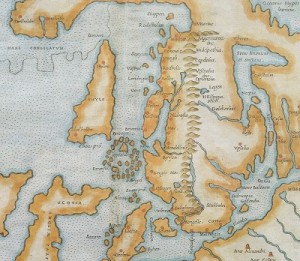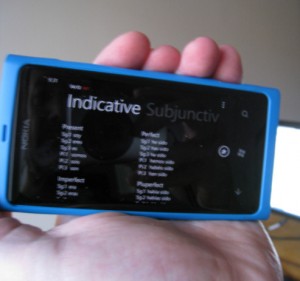Today I took the opportunity to visit one of the public libraries in Espoo.
Although there’s a great number of language related sites and pages in the Internet, the language books are still the primary source of information when it comes to grammar and language details.
From all the interesting books there, I picked the book A Guide to Old English by Bruce Mitchell and Fred C. Robinson…
“§87 Like MnE, OE has two types of verbs — weak and strong. The weak verb forms its preterite and past participle by adding a dental suffix, the strong verb by changing its stem vowel; cf. MnE ‘laugh, laughed’ and ‘judge, judged’ with MnE ‘sing, sang, sung’. The strong verbs are nearly all survivals from OE; new verbs when made up or borrowed today join the weak conjugation. Thus the strong verb ‘drive, drove, driven’ survives from OE. When in the thirteenth century ‘strive’ was borrowed from the French, it followed the pattern of ‘drive’ because the two infinitives rhymed; hence we get MnE ‘strive, strove, striven’. But we conjugate the comparatively new verb ‘jive’, not ‘jive, jove, jiven’, but ‘jive, jived’, i.e. as a weak verb.”


